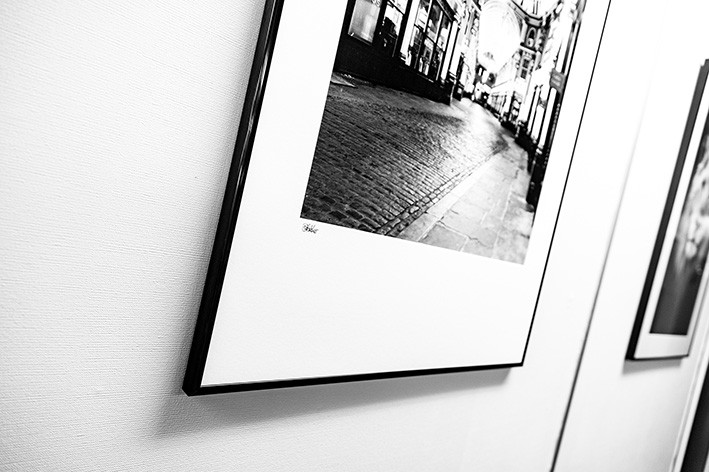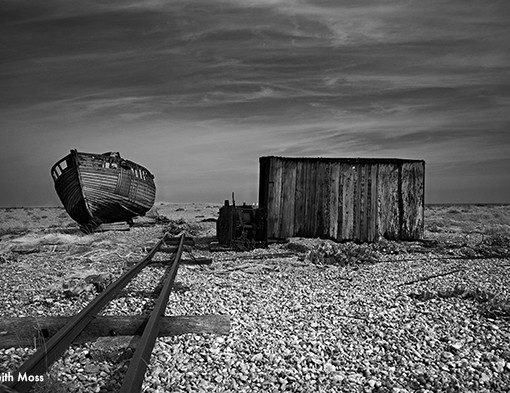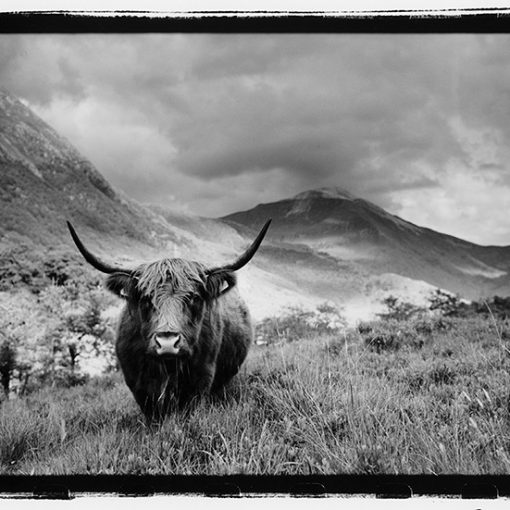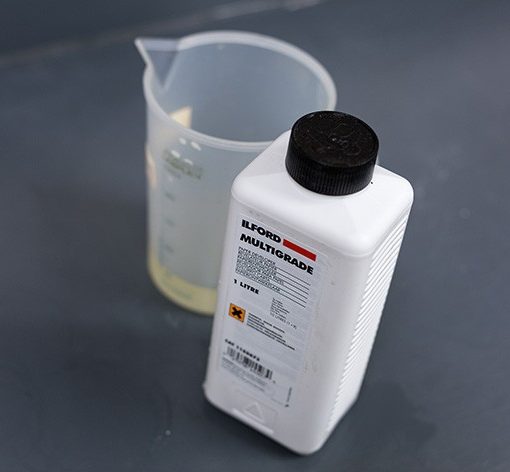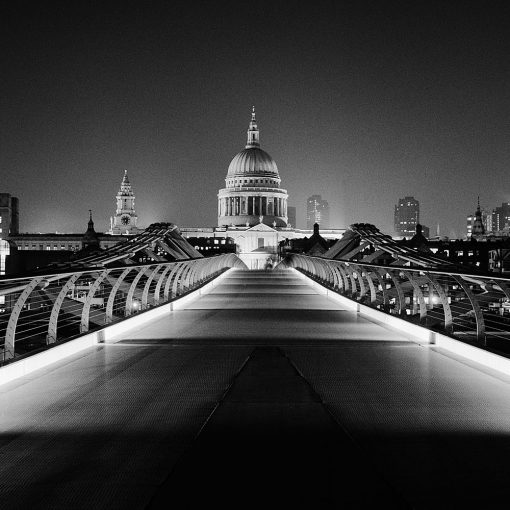MOUNTING YOUR PRINTS
Even the most stunning print can look better when it has been properly mounted. Mounted prints are also better protected as they are kept flat with the image separated from the immediate surroundings by unobtrusive margins.
There are no hard and fast rules about mounting prints; the most suitable results will depend on individual preference, the nature of the image, the intended use and other circumstances.
It is recommended that only boards and other materials intended for the purpose of print mounting and display should be used. Suitable materials, and full instructions for their use, are usually available from the suppliers. Acid free materials are particularly important for archival purposes. Note: Unsuitable materials may cause prints to stain or deteriorate in other ways.
MOUNTING RC PRINTS
Resin Coated (RC) prints are very easy to mount as long as you use the right type of adhesive. As the paper base of the print is enclosed between two sheets of non-porous polythene, adhesives that rely on the evaporation of a solvent should not be used. Therefore we recommend the following methods.
SPRAY ADHESIVE
These vary. Some are permanent while others allow a print to be re-positioned. Follow the manufacturer’s instructions carefully and work in a well-ventilated area. Take care to prevent the spray from drifting onto the print surface, or onto the mount, as it stains and is hard to remove.
DOUBLE-SIDE ADHESIVE SHEETS
These provide an effective and convenient method of mounting RC prints onto porous or non-porous surfaces. Several types are available in sheet or roll form.
DRY MOUNTING
If prints are to be mounted for long periods (a year or more), then this is the best method, although it does require a dry mounting press. This technique is convenient, fast, and clean, and provides a permanent bond between print and mount.
With glossy papers, use a foil overlay to prevent the press from marking the print surface. Similarly use silicone release paper to protect satin and pearl prints in the press.
The procedure itself is straightforward, but there are certain points to be conscious of when using this method:
- It is essential that both the print and mounting board be dry. This can be easily ensured by placing them both in the mounting press for a few seconds prior to tacking on the tissue and mounting.
- The choice of dry mounting tissue is important when mounted prints are required for long-term use. The dry mounting tissue should be of neutral pH and the process should ideally be reversible (i.e. it should be possible to remove the print from the mount at a later date without damaging the print in any way).
- Cleanliness of the work area and meticulous handling techniques are also essential. Even the tiniest particle of dust or dirt trapped between print and mounting board will be seen as an unsightly and permanent lump on the print. Board, tissue and print should always therefore be carefully cleaned before mounting.
- Prints should not be subjected to heat in the press for longer than necessary or at a higher temperature than recommended by the tissue manufacturer. 20 seconds should normally suffice at temperatures between 80°C and 90°C. Excessive time and/or higher temperatures will cause the print to undergo a mild form of accelerated ageing.
BACK WRITING AND STAMPING
The back of ILFORD RC papers are treated to accept pencil, most ball-point pens, non-water-soluble fibre tipped pens, fast-drying stamp pad inks and all printing inks formulated for polyethylene printing. Many users photocopy onto the back of prints, but we do not recommend this practice as it can damage the print or the copier.
Follow these rules for back-stamping:
- Use an ink with a rapidly evaporating solvent.
- Add solvent as well as ink to the pad to prevent clogging.
- Don’t over-ink the pad.
- Make the first impression onto a blotter to absorb excess ink.
- Close the lid of the pad when not in use to prevent it from drying out.
- Ensure the back-stamp is dry before stacking prints.
MOUNTING FIBRE-BASE (FB) PRINTS
The mounting of FB prints using suitable water-based adhesives is simple and convenient, though there is a risk the mounted print could curl. The dry mounting technique described above avoids this and is suitable for fine print display.
MOUNTING FOR MUSEUM OR GALLERY DISPLAY
Fibre-Base (FB) prints are often displayed in galleries and museums and are also used for long-term storage. Many archivists and curators advise against permanently mounting prints because it can not be reversed without causing damage.
Therefore, many photographers prefer the use of museum mounting corners to affix the print to the substrate. (Acid free “corners” which can be hand made or purchased from suppliers of archival materials). Archival mounting strips can also be used. Check with companies specialising in archival products for details. Mounting corners or strips hold the print to the backing board, allowing the print to be removed when required.
MARGINS AND BORDERS
While prints can be mounted so that the mount and image size are the same, providing a margin to separate the image from the background will often increase the impact.
White borders can easily be produced by printing a small image on a large sheet of printing paper. Vignetting and black borders can be made by fogging.
Alternatively, or in addition to borders, the print may be displayed behind a window cut out of a suitable card material. Window cards, in a variety of shapes and sizes, are available commercially, although cutting your own is easy given the right equipment.
Strong or saturated card colours can diminish the impact of a carefully prepared monochrome print, and therefore neutral greys or pastel shades are often preferred.
